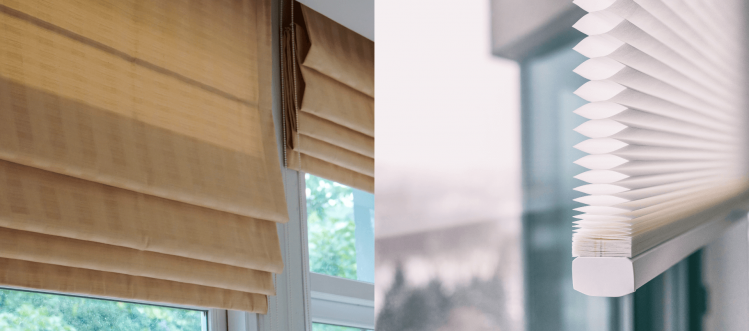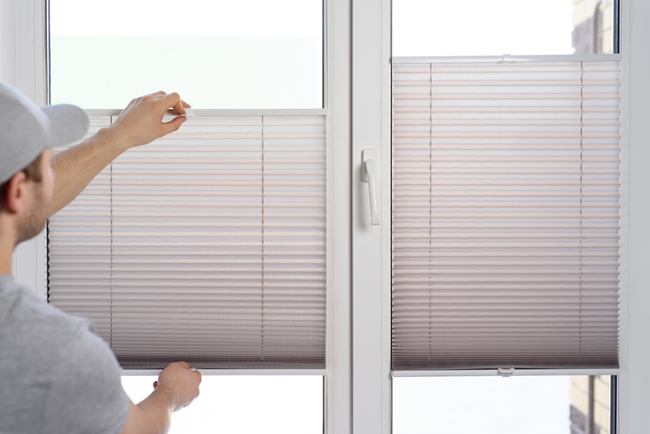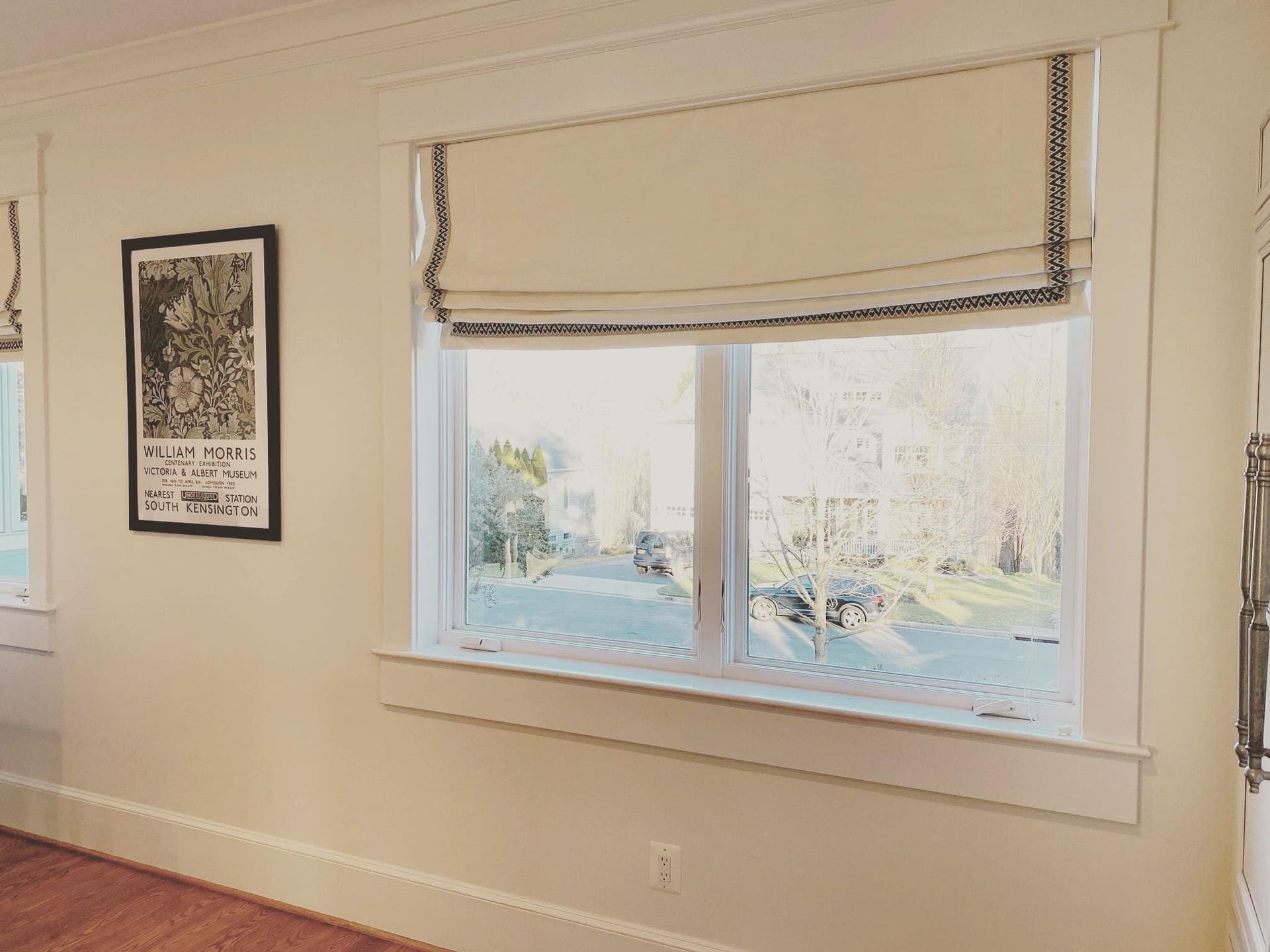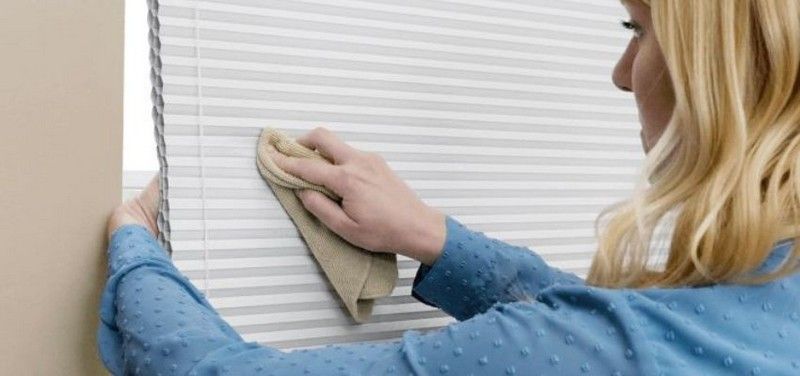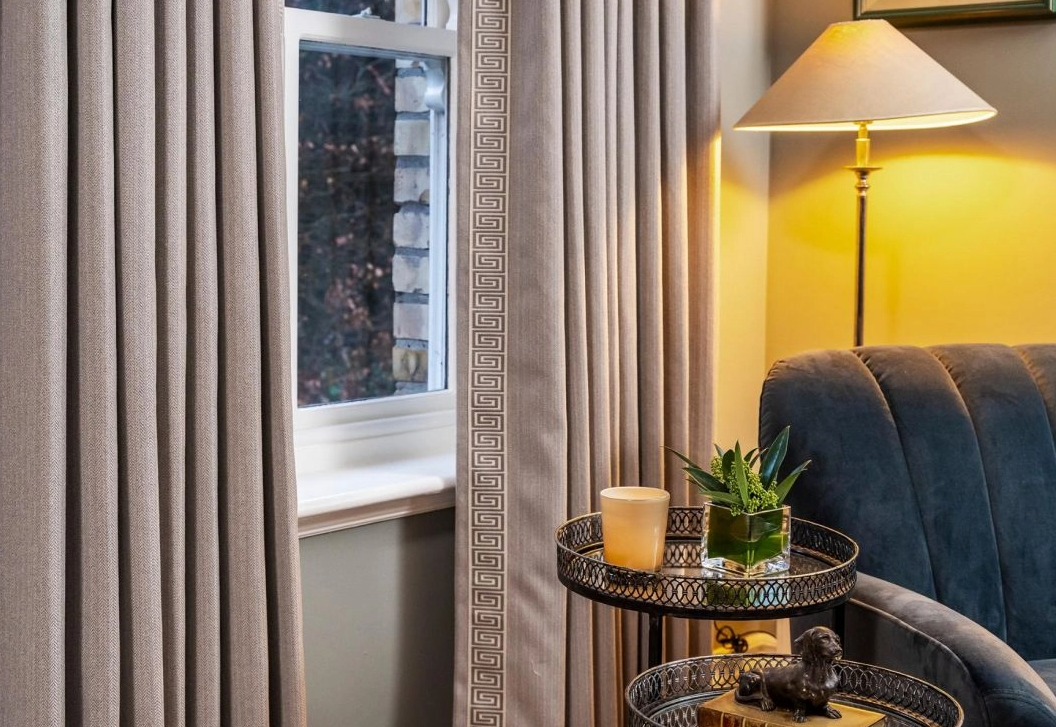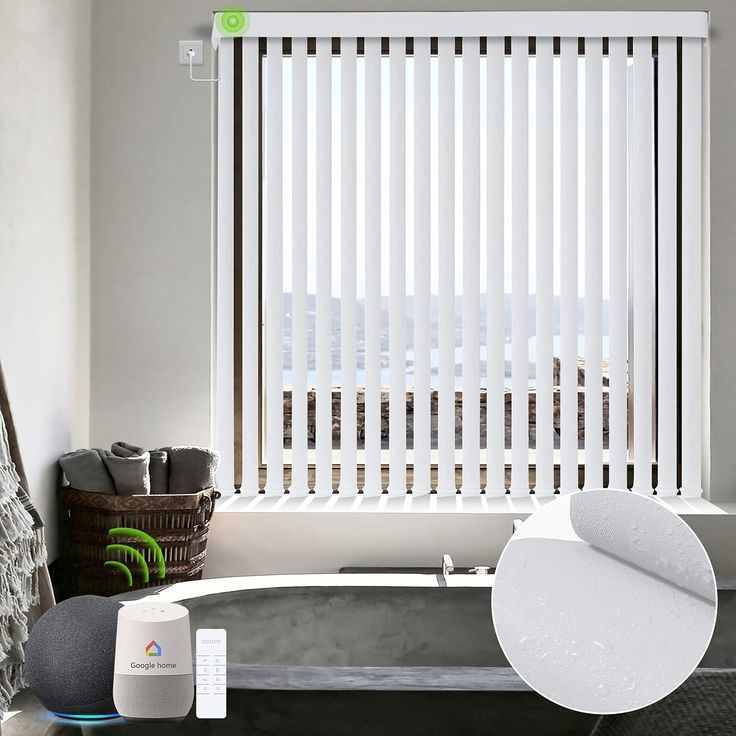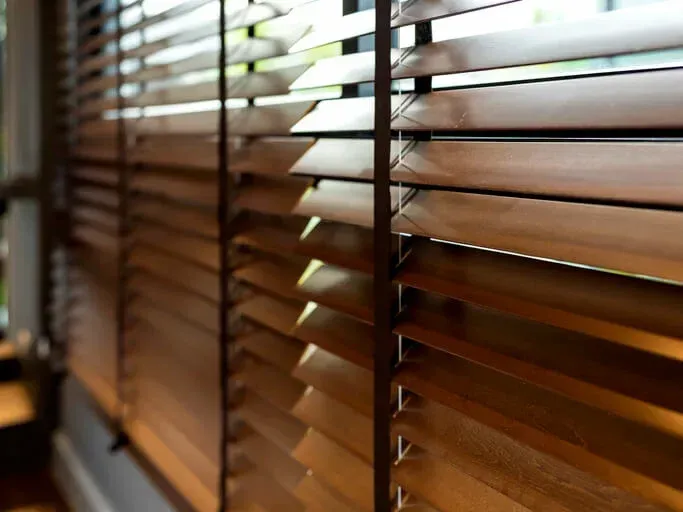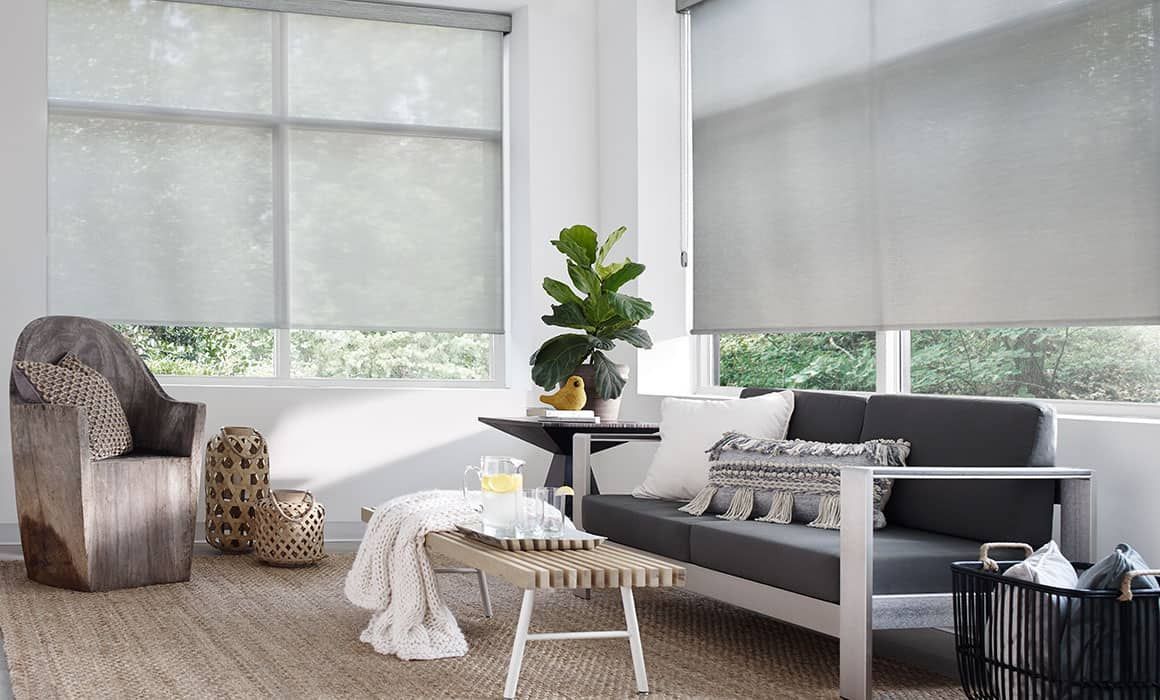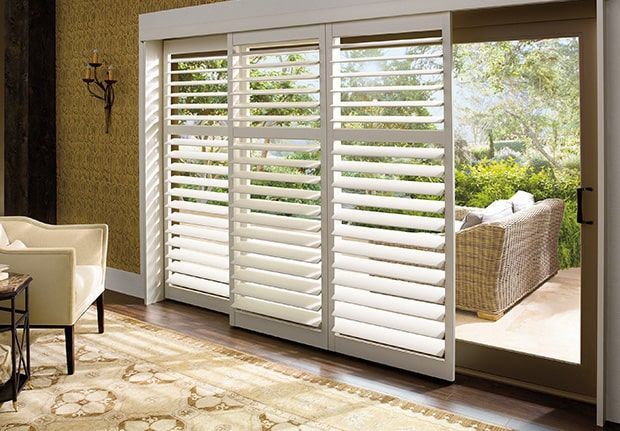Do Shutters Keep Heat Out? Best Types & How They Improve Energy Efficiency
TLDR;
Yes,
shutters do keep heat out. They work as thermal barriers that reflect sunlight, reduce heat transfer through windows, and help maintain cooler indoor temperatures—especially when the right types are used.
How Heat Moves Through Your Windows (And Why It Matters)
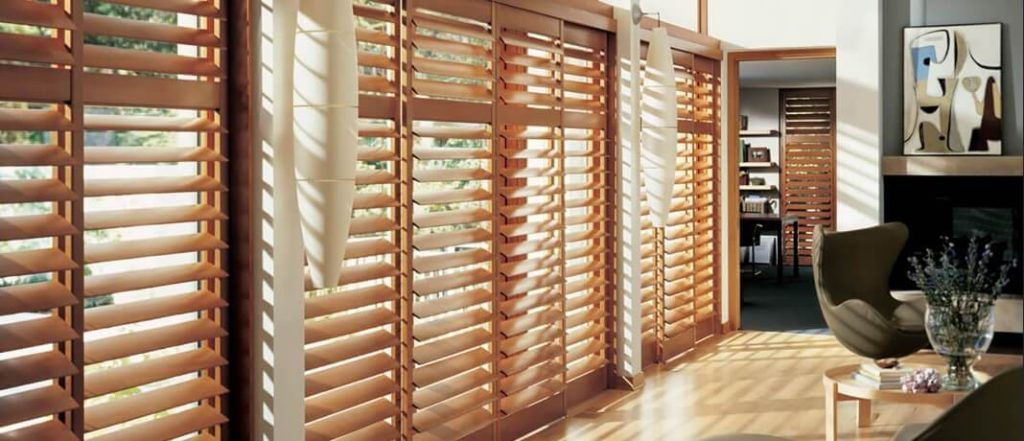
Heat enters your home through windows in three main ways:
- Radiant heat: Solar rays directly heat surfaces inside your home
- Conductive heat: Heat transfers through the window glass itself
- Convection: Warm air leaks in around window frames and gaps
Even the most modern double-pane windows can let in a surprising amount of heat. That’s where shutters come into play, acting as an additional layer of insulation and reflection.
Windows are among the weakest points in your home’s insulation. In summer, they act like magnifying glasses for solar heat. Without barriers like shutters, your HVAC system works overtime trying to keep things cool.
How Shutters Help Keep Heat Out (Science + Real-World Use)
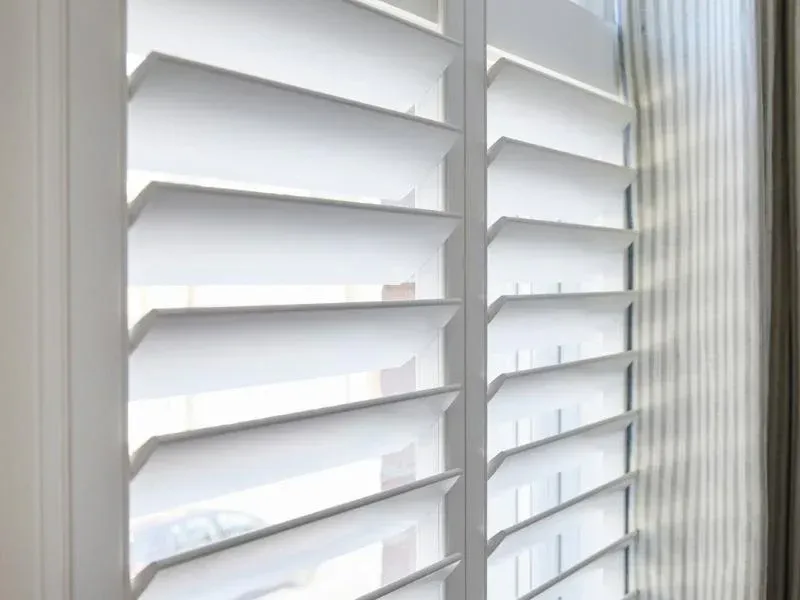
Shutters don’t just look good—they’re functional heat blockers. Here's how they work:
- Conduction: Shutters reduce heat transferred through the window glass by creating a physical barrier
- Radiation: Reflective shutter materials bounce sunlight away before it heats your space
- Convection: A tight seal reduces warm air leaks
In the real world, well-fitted shutters can reduce solar heat gain by up to 60%, depending on the materials and placement. This benefit becomes even more obvious in rooms with lots of sun exposure.
Day vs. Night Effectiveness:
- Daytime: Exterior shutters block direct sunlight before it hits the window
- Nighttime: Interior shutters trap cooler air inside and keep warm air out
The result?
Lower cooling costs and a more comfortable home.
Top 3 Types of Shutters for Insulation & Heat Control
Let’s explore the most effective types of shutters to block heat:
1. Aluminum Shutters
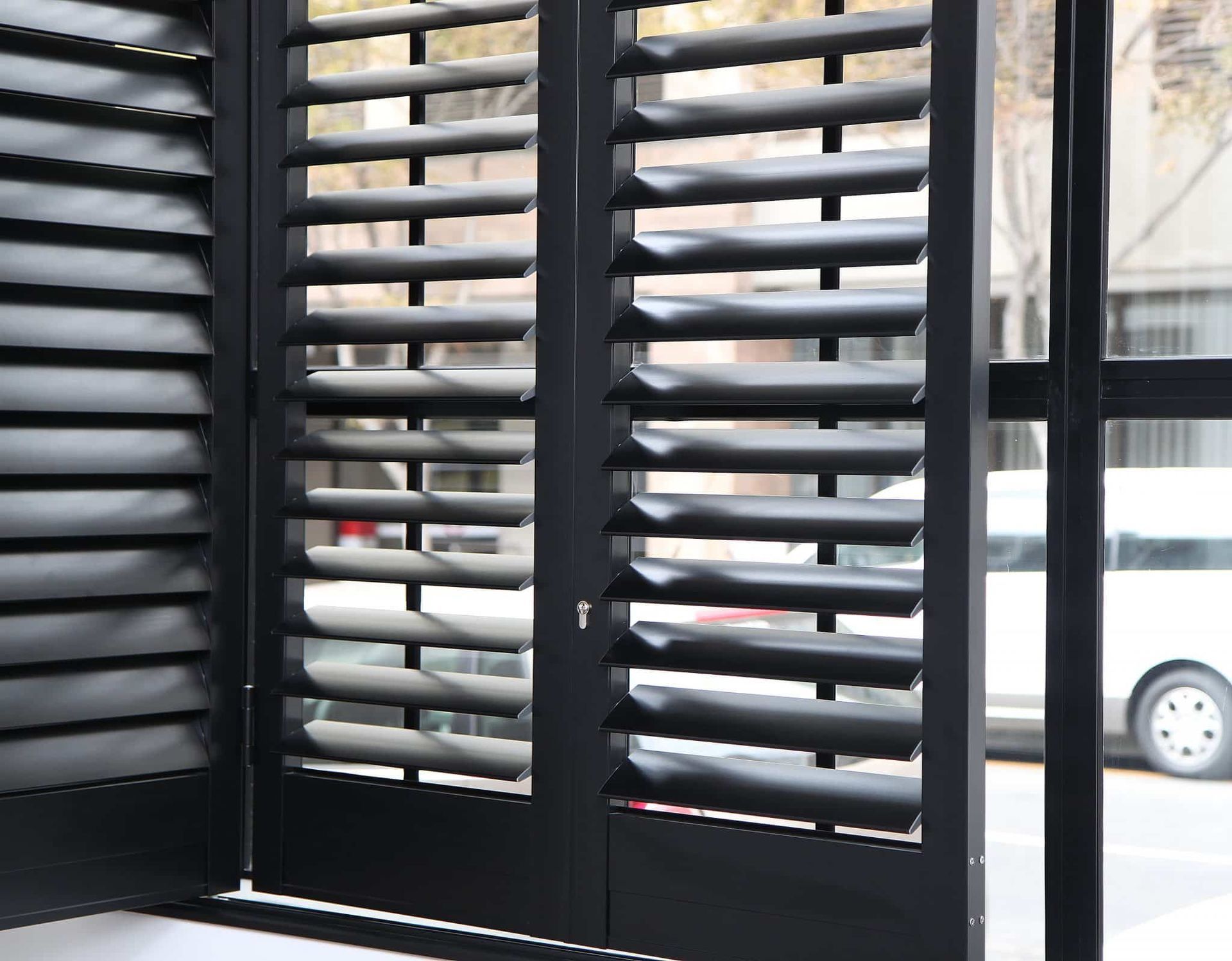
- Highly reflective—great for
sun-facing exteriors
- Durable and weather-resistant
- Often used in
tropical or desert climates
- Typically mounted outside to
block radiant heat before it enters
Best For: Homeowners in hot, dry climates or commercial buildings needing maximum heat reflection
2. Composite Shutters

- Made from engineered materials like MDF, polymers, and resins
- Offer superior
thermal insulation compared to traditional wood
- Resist moisture—ideal for
humid environments
- Available for both
interior and exterior mounting
Best For: Versatility in both function and style with strong insulation properties
3. Wooden Shutters
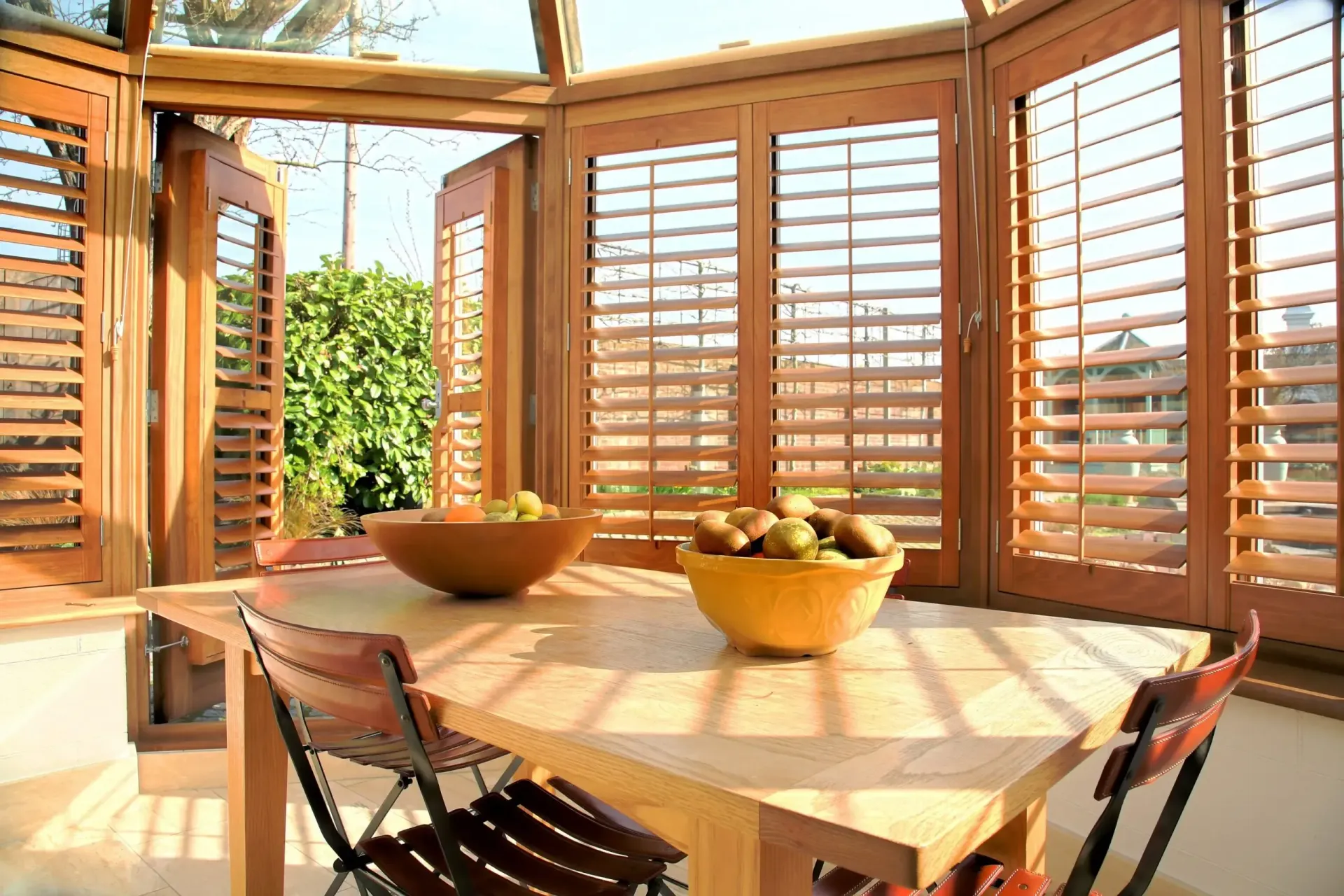
- Naturally insulative due to the density of wood
- Provides both
aesthetic warmth and functional cooling
- Can be painted or stained to match decor
- Works best when tightly sealed to minimize air gaps
Best For: Homes seeking a classic look while improving energy efficiency
Want to upgrade your patio or sliding glass door? Consider
Plantation Shutters for Sliding Doors to combine elegance, insulation, and light control in one stylish solution.
Exterior vs. Interior Shutters – Which Blocks More Heat?
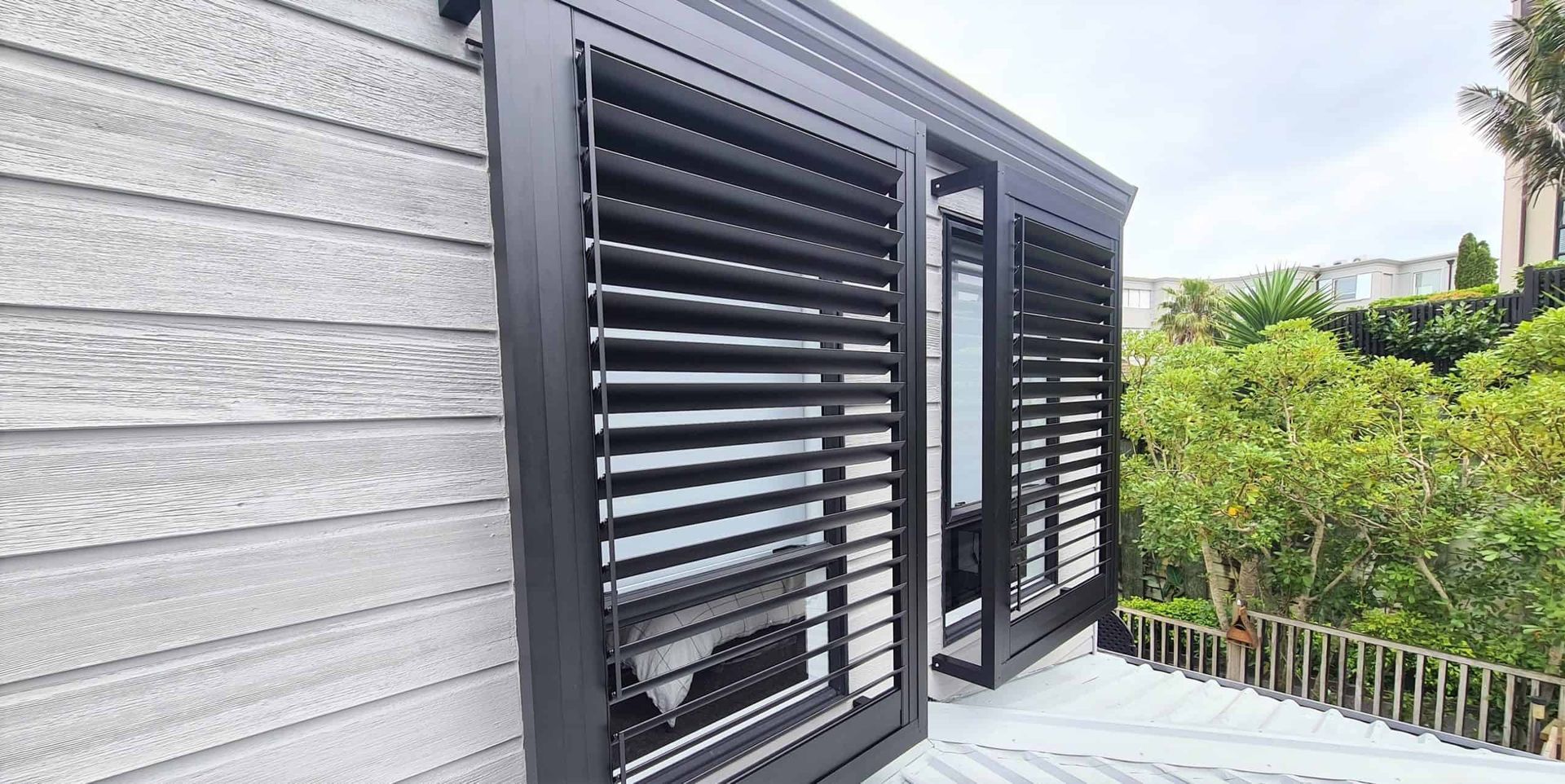
Exterior shutters typically perform better at keeping heat out because they intercept sunlight before it hits the glass.
Interior shutters, while still useful, allow some heat to pass through the window first. However, when combined:
- They form a
double barrier, which is significantly more effective
- Ideal for climates with
extreme heat and sun exposure
Exterior Advantages:
- Blocks radiant heat early
- Can include reflective finishes
- Adds weather protection
Interior Advantages:
- Easier to operate and adjust
- Still reduces conductive and convective heat
- Visually appealing with better control of privacy and light
Choosing the Right Shutters for Your Region’s Climate
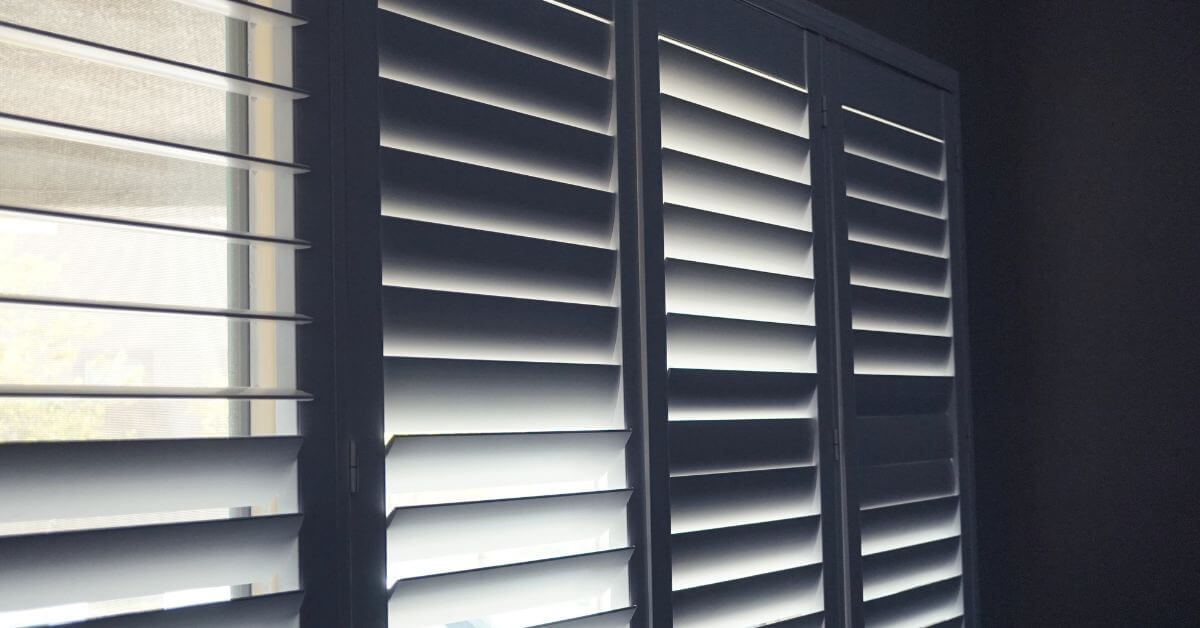
The effectiveness of shutters often depends on your climate:
In Hot, Arid Regions (e.g., Arizona, Southern California)
- Go for
aluminum exterior shutters
- Add reflective coatings to bounce sunlight
In Humid Climates (e.g., Florida, Coastal North Carolina)
- Choose
composite materials that resist moisture damage
- Consider
interior + exterior combo for ultimate control
In Temperate Zones (e.g., North Carolina Piedmont)
- Use
wooden or composite shutters with tight interior seals
- Focus on multi-season performance—cool in summer, warm in winter
Shutters should not only reflect heat but also fit your home’s weather patterns. At
Love Is Blinds NC, we often recommend materials based on long-term weather forecasts and energy efficiency goals.
Shutter Installation & Placement Tips for Maximum Thermal Performance
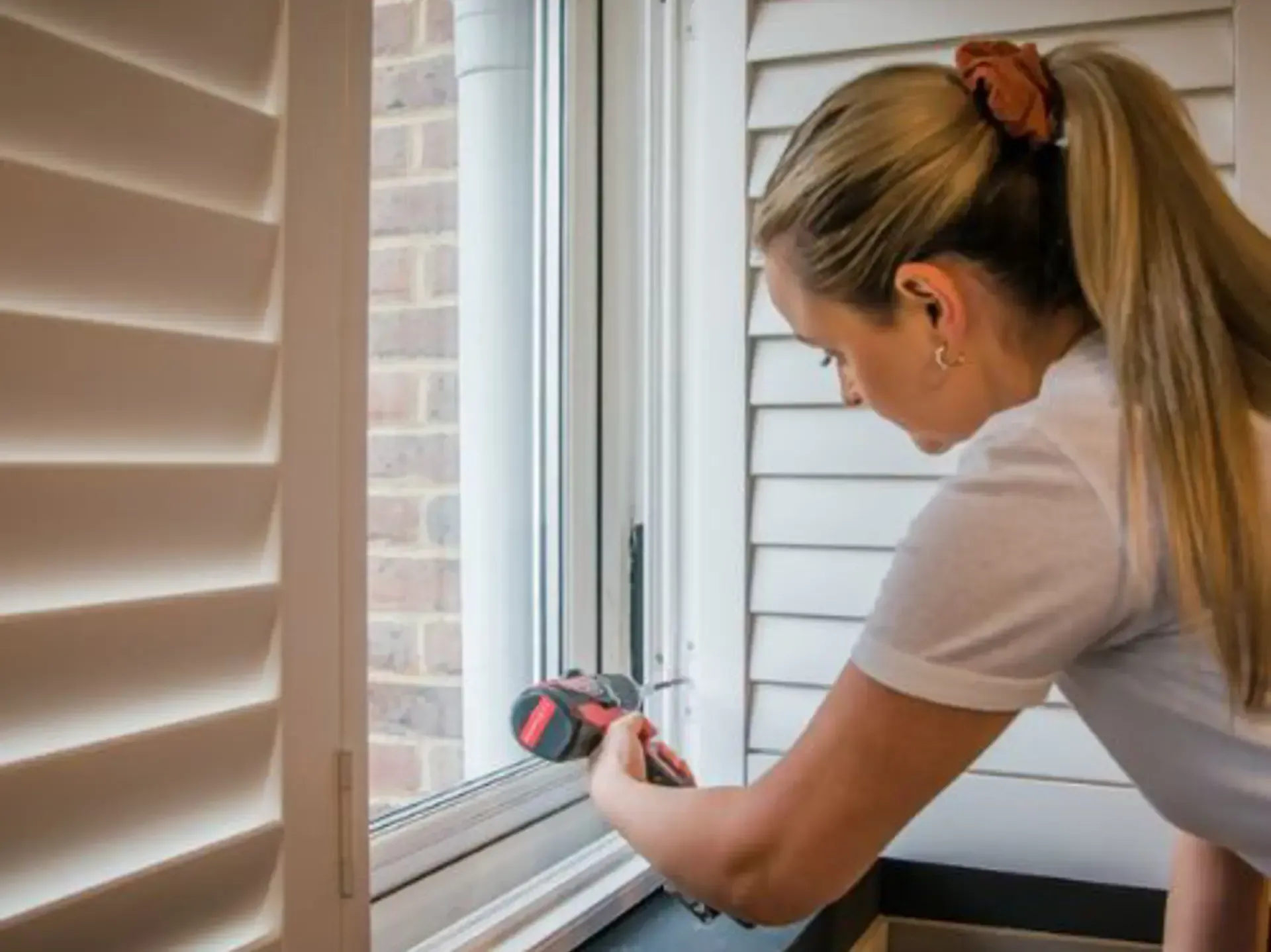
Proper installation is just as important as choosing the right material.
Key Tips:
- Ensure a
tight fit with no gaps around the frame
- For exterior shutters,
mount close to the wall/window to minimize air passage
- Install
radiant barriers or foil backing for additional reflection
- For windows facing
south or west, prioritize exterior reflective shutters
- Use
louvered shutters for adjustable ventilation
The more airtight the installation, the better the
thermal barrier effect.
Do Shutters Also Keep Heat IN During Winter? (Year-Round Benefits)
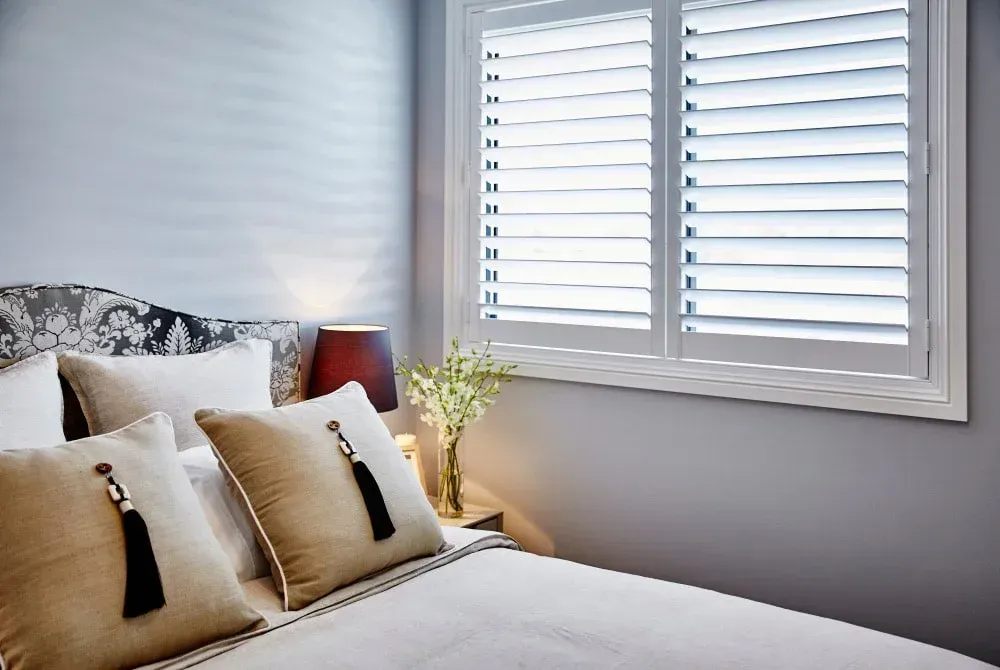
Absolutely. The same features that keep summer heat out also keep winter heat in.
- Shutters reduce
heat loss through windows by slowing air and temperature exchange
- Interior wooden and composite shutters are especially effective in
preventing drafts
- This translates into
lower heating bills during colder months
In North Carolina, where seasonal temperatures vary significantly, year-round thermal shutters are a smart investment for consistent energy savings.
What the Experts Say: R-Values & Energy Star Guidelines
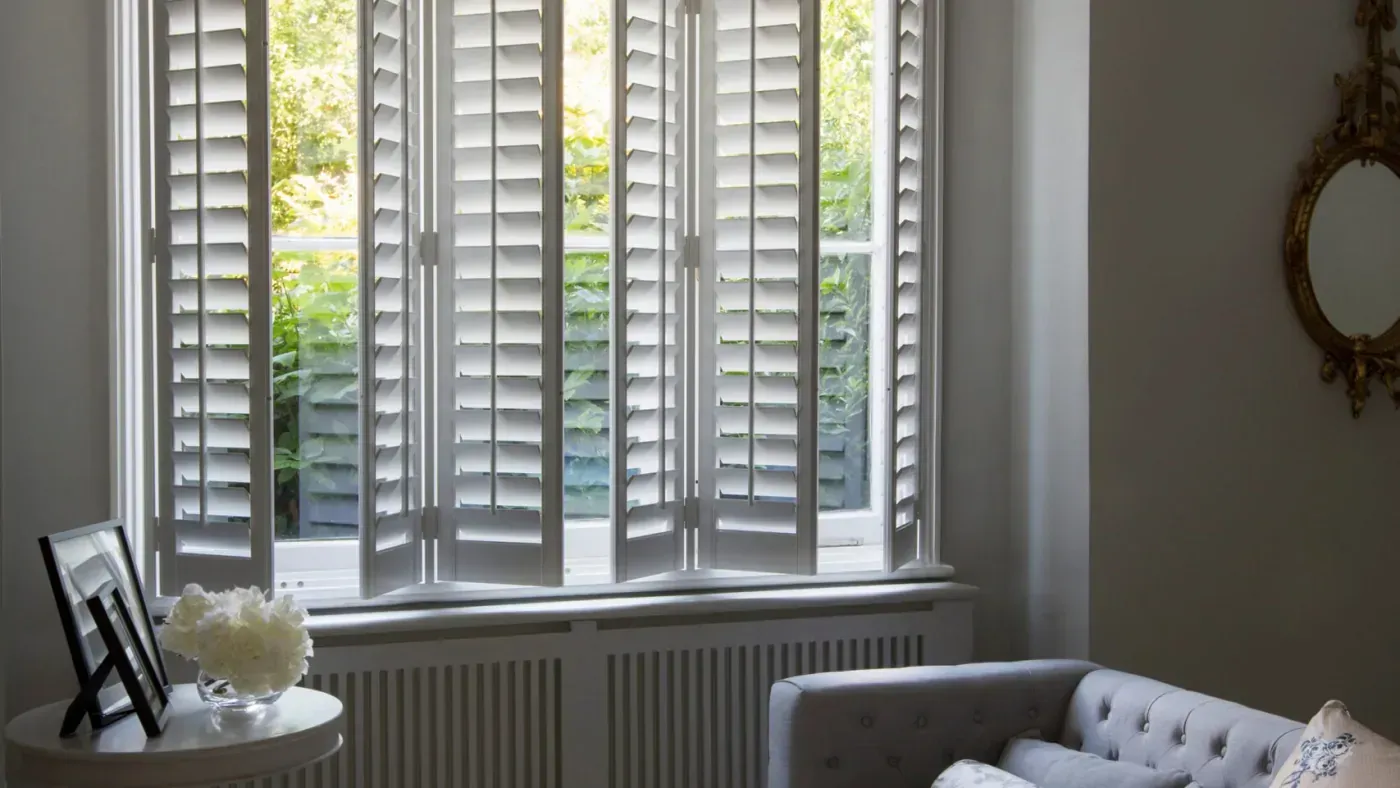
The R-value measures how well a material resists heat flow. The higher the R-value, the better the insulation.
- Aluminum Shutters: Low R-value alone, but high
reflective capability
- Composite Shutters: R-values between
3.5 to 6, depending on thickness and build
- Wooden Shutters: Natural R-value around
3.0 to 4.0
According to Energy.gov, window treatments like shutters can reduce heat gain by 45–60% when properly used.
While
Energy Star doesn’t certify shutters directly, their guides recommend combining thermal window treatments with air-sealing strategies for best results.
Are Shutters a Good Investment for Energy Savings?

Yes—especially when installed strategically and used consistently.
Why They're Worth It:
- Lower electricity bills from reduced AC and heater use
- Increase your home’s resale value with a stylish, functional upgrade
- Improve interior comfort and climate control
- Extend the lifespan of furnishings by reducing sun exposure
At Love Is Blinds NC, we’ve helped hundreds of homeowners choose shutters that match both their design goals and energy efficiency needs.
Bonus: Shutters are low maintenance and last for years, making them a strong ROI for your home.
FAQs – Shutters & Heat Management
Do shutters reduce electricity bills in summer?
Yes. By blocking solar heat, shutters reduce the need for air conditioning, which directly lowers your electricity consumption.
Are plantation shutters good for heat insulation?
Plantation shutters, especially when tightly sealed and made from composite materials, are excellent at reducing heat transfer and managing indoor climate.
What are the best shutters for sun-facing windows?
Exterior aluminum shutters with reflective finishes are the most effective at blocking sun on west- or south-facing windows.

